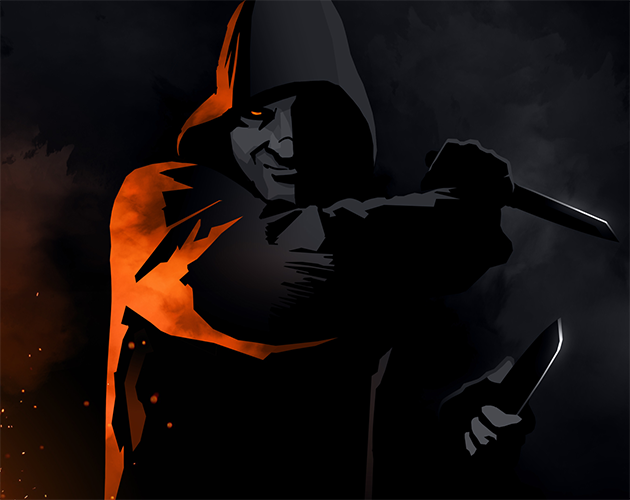So I just ran a very interesting session of Blades with my partner and another couple we’re friendly with and have gamed with a fair bit (who are both highly accomplished LARP authors, which definitely impacts their approach to play). I wanted to streamline setup as much as possible, so by email this week, I had them choose their gang type and playbook. The idea was that I would pregen the characters numbers-wise, but leave blank the names and look and NPC choices—essentially, allow personalization.
Well, they were each drawn to basically two things. For crew type, I decided on Shadows over Hawkers, since they were fine with either, and for an introductory game Shadows is a very straightforward crew type. But as for the playbooks, I decided to just go ahead and make all six PCs, and then run two jobs happening simultaneously, each with a sub-crew of three. As we finished the crew setup, working out the initial faction relationships, I also asked them to use that setup to figure out why there was some sort of opportunity and/or crisis that required them to do two jobs at once.
Here’s what ended up happening: their crew, known as the High Line, has their hidden lair in an abandoned train car deep in the bowels of Gaddoc Station, in Nightmarket. While half the crew is off doing a planned heist for their patron, the other half hears from their allies in the Railjacks (essentially the gang from which come the PCs from John Harper’s related game Ghost Lines) that there’s been a train derailment right there in the station—there’s a ton of chaos, dead bodies, etc., but among the wreckage is a major Dagger Isles pirate treasure chest that can be looted!
We played out the previously planned heist first, with the “brains” half of the gang—the Lurk (infiltrator), Whisper (channeler / ghost wrangler), and Slide (spy / manipulator / “face”). The group’s patron was the disgruntled wife of a corrupt and philandering Bluecoat (police) Captain—she wanted to use the gang to help get dirt on her husband. She found out that a contact of his, an Iruvian diplomat named Cyrene Akarat, had just died / been murdered, and his body was on its way to the Crematorium to be incinerated. (By law, all bodies in the city of Duskvol must be incinerated to prevent ghosts from emerging.) She believed Cyrene had dirt on her husband the Bluecoat, and wanted the PCs to prevent the Iruvian’s body from being disintegrated, and instead to get the dirt from his ghost.
The players had a little trouble at first with the “not pre-planning” and just being spontaneous aspects of Blades. It took them some time, for example, to choose an Approach to that first job. Once they did, however, everything went smoothly. They had the absolute best rolls I’ve ever seen, for one thing, but more important, the players were quite comfortable just improvising the plan and heist details as we went. It involved swapping out the body of the diplomat for some random corpse they had, doing some Mission: Impossible style shenanigans with an “ectoplasmic Faraday cage,” and then summoning the ghost from the body on the top of an isolated rooftop nearby.
They ended up with their only failed roll of the entire mission being the last one, to Sway the ghost to give them the dirt: he only gave them part of the information, insisting that they smuggle his daughter out of the city first, since she is now a target after everything that happened.
Triumphant, the Lurk, Whisper, and Slide head back to their secret headquarters, only to find the rest of the gang gone. Where could they be?
I may post more about the other job when I have more stamina. But big picture: it was a chaotic fucking mess, with a Hound (sharpshooter), Cutter (bruiser), and Leech (tinkerer) blowing things up and swordfighting and literally killing cops in alleyways, and two of them ending up with a Trauma by the end (meaning they filled out their Stress tracks by Pushing themselves and Helping each other frequently). The players agreed that if we play again in the future, they will definitely mix up the two subgroups—the Hound / Cutter / Leech trio simply didn’t have anyone there to reign them in and prevent the situation from escalating. A fun though quite violent job, and very different in feel from the first job, which was satisfying to me as a GM as a way to showcase the game and its setting to new players.
Questions welcome, of course.
